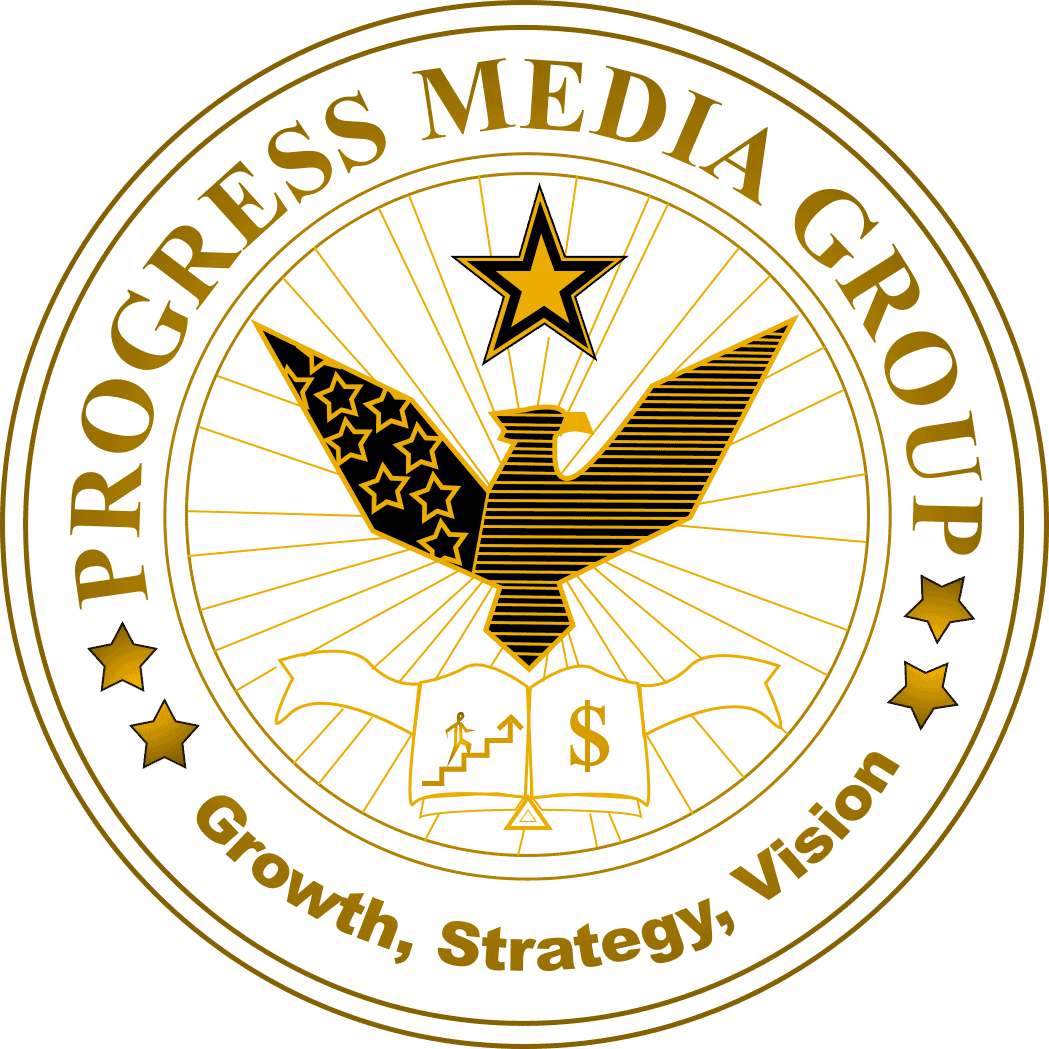Mastering the Art of On-Page Optimization: Boost Your Website’s Rankings
In today’s digital age, having a strong online presence is crucial for the success of any business. And when it comes to optimizing your website for search engines, on-page optimization holds the key. Are you looking to boost your website’s rankings and drive more organic traffic? If so, you’ve come to the right place. In this blog post, we will delve deep into the art of on-page optimization and equip you with the knowledge and strategies to master it. Imagine this: you have a beautifully designed website with captivating content, but it’s not showing up on search engine results pages (SERPs). Does that sound familiar? Well, the missing ingredient might just be on-page optimization. On-page optimization refers to the process of optimizing individual web pages to rank higher and earn more relevant traffic in search engines. It involves various factors like keyword research, content optimization, meta tags, internal linking, and much more. But why does on-page optimization matter? Here’s where the magic happens. When search engine crawlers visit your website, they analyze its content to understand what it’s all about. By optimizing your website’s on-page elements, you’re essentially providing these crawlers with valuable information. This, in turn, helps search engines determine the relevance and value of your website’s content, leading to higher rankings in SERPs. And with higher rankings comes increased visibility, more organic traffic, and ultimately, a greater chance of converting visitors into customers. Now that we understand the importance of on-page optimization, let’s dive deeper into the strategies and techniques that will help you master this art and boost your website’s rankings. So grab a pen and paper, get ready to take notes, and let’s embark on this exciting journey to harness the power of on-page optimization.
The Fundamentals of On-Page Optimization
Before we delve into the nitty-gritty of on-page optimization, it’s essential to understand its fundamentals. On-page optimization involves optimizing various elements on your web pages to improve their visibility and rankings in search engine results. These elements include title tags, meta descriptions, header tags, URL structure, keyword usage, and more.
One of the key aspects of on-page optimization is conducting effective keyword research. Keywords are the foundation of any successful SEO strategy. They are the words or phrases that users enter into search engines when looking for information or solutions. By identifying and targeting relevant keywords in your content, you can attract more organic traffic to your website.
When conducting keyword research for on-page optimization, it’s crucial to consider factors like search volume, competition level, and relevance to your target audience. There are several tools available that can help you find the right keywords for your content. Once you have a list of target keywords, strategically incorporate them into your website’s content while ensuring a natural flow.
Optimizing Your Content for Search Engines
Content optimization is a vital component of on-page optimization. It involves creating high-quality and relevant content that resonates with both search engines and users. When optimizing your content for search engines, keep the following tips in mind:
- Create unique and engaging content that provides value to your audience.
- Incorporate relevant keywords naturally throughout your content.
- Use header tags (H1-H6) to structure your content and highlight important sections.
- Add descriptive alt text to images for better accessibility and SEO.
- Ensure proper formatting with bullet points, numbered lists, and subheadings.
Remember, search engines strive to deliver the most relevant and valuable content to their users. By optimizing your content, you increase its chances of ranking higher in search engine results and attracting more organic traffic.
Creating Compelling Meta Tags for Improved Rankings
Meta tags are snippets of code that provide information about a web page to search engines. They play a crucial role in on-page optimization as they appear in search engine results and influence click-through rates. Two essential meta tags are the title tag and meta description.
The title tag is displayed as the clickable headline in search engine results. It should be concise, descriptive, and contain relevant keywords. Aim for a title tag length of around 50-60 characters to ensure it appears fully in SERPs.
The meta description is a brief summary of the web page’s content. It should accurately describe what users can expect when they click on your website’s link. Including relevant keywords in the meta description can also help improve rankings.
The Power of Internal Linking in On-Page Optimization
Internal linking refers to linking one page of your website to another page within the same domain. It helps search engines understand the structure and hierarchy of your website while providing users with additional relevant content.
When implementing internal links, consider the following best practices:
- Use descriptive anchor text that clearly indicates what users can expect when they click on the link.
- Link to relevant pages that provide additional information or context.
- Avoid excessive internal linking, as it may confuse both search engines and users.
By strategically incorporating internal links throughout your website, you can improve its crawlability, enhance user experience, and boost on-page optimization efforts.
Enhancing User Experience and On-Page SEO
User experience (UX) plays a significant role in on-page optimization. Search engines prioritize websites that provide a seamless and positive user experience. Here are some tips to enhance UX and improve on-page SEO:
- Ensure your website is mobile-friendly and responsive across different devices.
- Optimize page loading speed to reduce bounce rates and improve user engagement.
- Create clear navigation menus and intuitive site structure for easy exploration.
- Use visually appealing design elements, fonts, and colors to enhance readability.
By focusing on improving user experience, you indirectly enhance your website’s on-page optimization efforts, leading to better rankings in search engine results.
Leveraging Structured Data Markup for On-Page Optimization
Structured data markup is a way of organizing and providing additional context to the content on your web pages. It helps search engines understand the type of content you have and display it more prominently in SERPs through rich snippets or knowledge panels.
To leverage structured data markup for on-page optimization:
- Identify the most relevant schema markup types for your content (e.g., articles, reviews, events).
- Add structured data markup using Schema.org vocabulary or other supported formats like JSON-LD.
- Test your structured data using Google’s Structured Data Testing Tool to ensure it’s implemented correctly.
By implementing structured data markup, you can enhance the visibility of your web pages in search engine results, attract more clicks, and improve overall on-page optimization efforts.
Mobile Optimization: A Crucial Aspect of On-Page SEO
In today’s mobile-dominated world, optimizing your website for mobile devices is no longer optional—it’s a necessity. Mobile optimization refers to the process of ensuring your website looks and functions seamlessly on smartphones and tablets.
Here are some key aspects of mobile optimization:
- Use responsive web design to automatically adapt your website’s layout to different screen sizes.
- Optimize images for faster loading on mobile devices.
- Ensure buttons and links are easily clickable on touchscreens.
- Test your website’s mobile-friendliness using Google’s Mobile-Friendly Test tool.
By prioritizing mobile optimization, you provide a better user experience to mobile users, increase engagement, and improve your website’s on-page SEO performance.
Keeping Up with On-Page Optimization Best Practices
The field of SEO is constantly evolving, and it’s crucial to stay updated with the latest on-page optimization best practices. Here are some tips to keep up:
- Follow reputable SEO blogs and industry experts for the latest news and insights.
- Participate in webinars, conferences, or online courses to expand your knowledge.
- Analyze your competitors’ websites to identify new strategies or techniques they’re implementing.
By staying informed and adapting your on-page optimization strategies accordingly, you can maintain a competitive edge in search engine rankings and drive more organic traffic to your website.
Conclusion: Mastering On-Page Optimization for Lasting Results
In conclusion, mastering the art of on-page optimization is essential for boosting your website’s rankings in search engine results. By understanding the fundamentals of on-page optimization, conducting effective keyword research, optimizing your content, creating compelling meta tags, leveraging internal linking and structured data markup, enhancing user experience and mobile optimization, and keeping up with best practices, you can achieve lasting results.
Remember that on-page optimization is an ongoing process. Continuously monitor your website’s performance, analyze data, and make necessary adjustments to ensure your on-page SEO efforts are effective. By investing time and effort into mastering on-page optimization, you’ll be well on your way to increasing organic traffic, improving visibility, and achieving online success.


